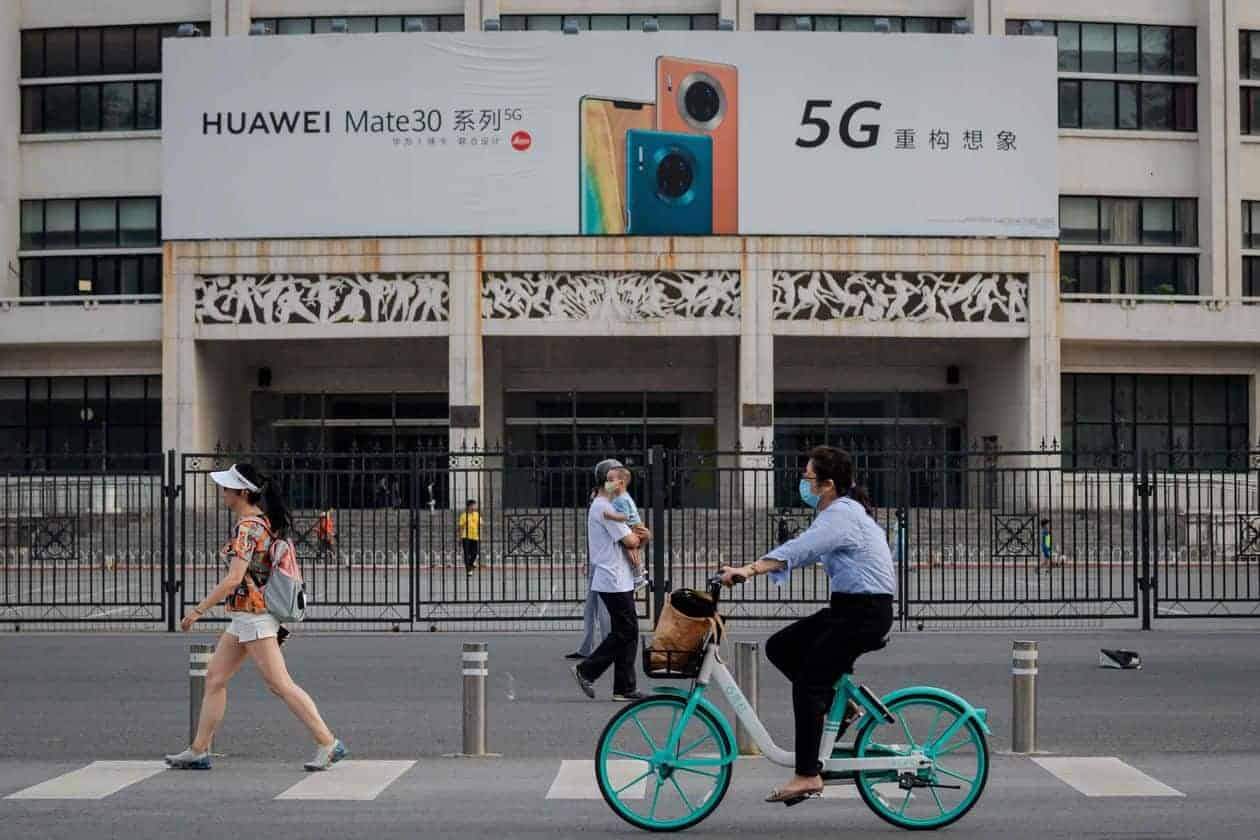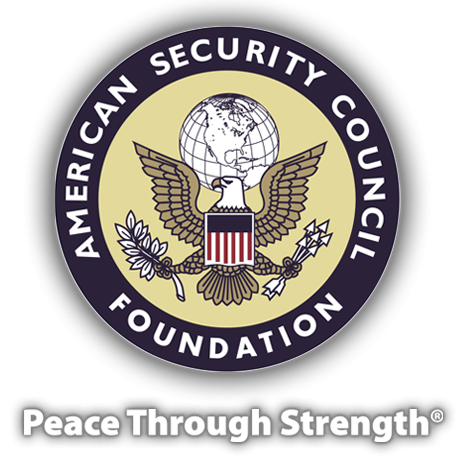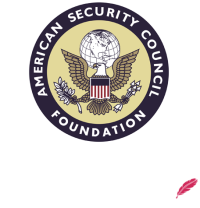Huawei’s 5G Dominance Threatened by U.S. Policy on Chips

When Huawei Technologies Co. was banned last year from buying American parts, the Chinese tech giant had a workaround: make greater use of its own chips.
That strategy is in jeopardy after the Commerce Department last month restricted chip makers globally who use U.S. technology from supplying semiconductors to Huawei, a rule that covers virtually all builders of high-end chips.
Huawei faces the prospect of losing dozens of critical components that go into 5G base stations, according to a teardown of a Huawei-made base station by California-based research firm EJL Wireless Research. Base stations are a set of boxes that are typically mounted on towers or buildings and connect cellphones to a wireless network.
The latest rule, many analysts say, throws a wrench in Huawei’s ability to lead the global race for dominance in 5G, the next generation of superfast wireless networks. The Chinese company has said the new restrictions will disrupt the rollout, maintenance and operations of telecom networks world-wide, though it remains unclear whether the U.S. policy will change or if Huawei will be able to find new workarounds.
Components at risk, EJL’s analysis shows, include parts like radio-interface chips. These link different parts of the base station and were likely developed by Huawei to substitute for a similar line made by U.S. vendors Xilinx Inc. and Intel Corp. Another example: Huawei-designed chips that transform analog signals into digital signals and back, which replaced chips from American companies such Texas Instruments Inc. and Analog Devices Inc., according to EJL.
The U.S. rule hurts Huawei because while the Chinese company can design world-class chips, it doesn’t have the capability to build them. The latest measure takes a “surgical approach,” Undersecretary of State Keith Krach said in an interview earlier this month.
“We’ve utilized the strengths of semiconductor-equipment companies and electronic-design software companies to eliminate Huawei’s access to the necessary, sophisticated chips to build 5G systems and their most sophisticated smartphones,” Mr. Krach said.
U.S. officials have called Huawei equipment a security threat, telling allies that the company could enable the Chinese government to spy through its networks. Huawei denies such claims.
Huawei, the world’s largest maker of telecom equipment, relies on a handful of specialized chip manufacturers who make extensive use of U.S. technology in the process—most notably Taiwan Semiconductor Manufacturing Co., widely seen as the world’s leader in chip manufacturing.
Without access to the Taiwanese firm, it’s not clear how Huawei can procure such chips from other manufacturers, also called “foundries.”
“Those things, I don’t think, could be made in a foundry in China right now,” said Earl Lum, president of EJL and a longtime wireless-industry analyst. “Which means, you don’t have a 5G base station.”
A spokeswoman for Taiwan Semiconductor Manufacturing said the company is working with outside counsel to analyze the new rule. During the company’s annual general meeting earlier this month, Chairman Mark Liu said the rule might affect its business, but “I believe that we will still have a high market share in this field.”
A Huawei spokesman said last week that the company was reviewing the potential impact of the new restrictions and declined to comment further. The company has previously said the rule will affect the expansion and maintenance of networks globally.
Huawei hasn’t disclosed the quantity of chips it has in inventory. Pierre Ferragu, an analyst at New Street Research, estimates the Chinese company has less than 12 months in stockpile of its most advanced telecom-equipment chips covered by the new rule.
To be sure, legal experts say the Commerce Department’s move could allow for affected chip manufacturers to continue building chips for Huawei—for example, by sending the chips to third parties, instead of to Huawei, for assembly and distribution.
U.S. officials could grant licenses to chip builders using American technology to supply Huawei, and companies have a 120-day grace period to deliver chips ordered before May 15.
In its teardown, EJL disassembled a 5G base station manufactured by Huawei in June 2019. The teardown consisted of the base station’s “active antenna unit,” a 90-pound white box that is typically mounted atop a cellular tower and communicates with a user’s smartphone.
The device made heavy use of U.S. components. Although the base station was made after Huawei’s May 2019 blacklisting, the company had an extensive stockpile of American parts, which likely went into the device, Mr. Lum said.
To determine which U.S. components Huawei replaced with self-developed parts, EJL’s research relied on industry contacts and an analysis of the telecom-supply chain, and it is possible that the actual contents of Huawei’s recently built base stations are different.
Huawei has made enormous leaps in the design of its chips in recent years. Yet building advanced chips requires highly specialized tools, with the most advanced capable of slicing transistors just five nanometers in size. Taiwan Semiconductor Manufacturing is one of just a few chip makers capable of such a feat, analysts said, though U.S. companies are the dominant makers of chip-manufacturing tools themselves.
One alternative manufacturer for some Huawei-designed chips is Shanghai-based Semiconductor Manufacturing International Corp., a chip maker that received another $2.2 billion dollars in state investment after the new Commerce Department rule.
However, analysts say the company is years behind its Taiwanese rival in terms of manufacturing prowess and still reliant on U.S. technology: Goldman Sachs predicts the Shanghai-based company’s revenue from Huawei to fall to zero by the fourth quarter from 19% currently.
The company didn’t respond to requests for comment.
Photo: The latest restrictions throw a wrench in Huawei’s ability to lead the global race for dominance in 5G. - NICOLAS ASFOURI/AGENCE FRANCE-PRESSE/GETTY IMAGES











